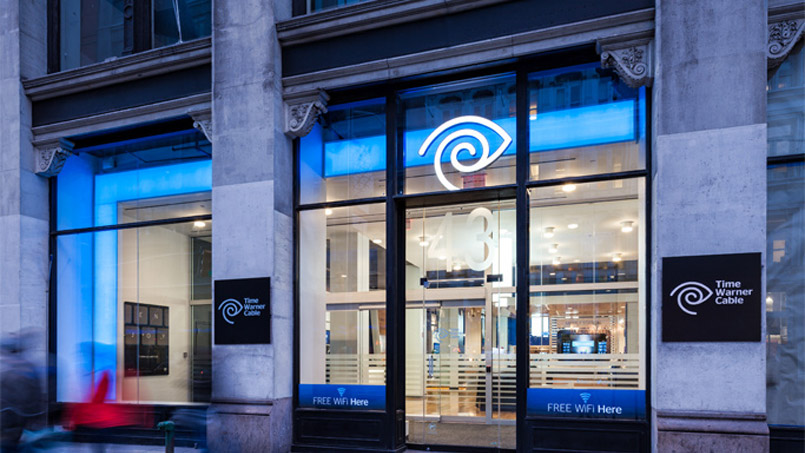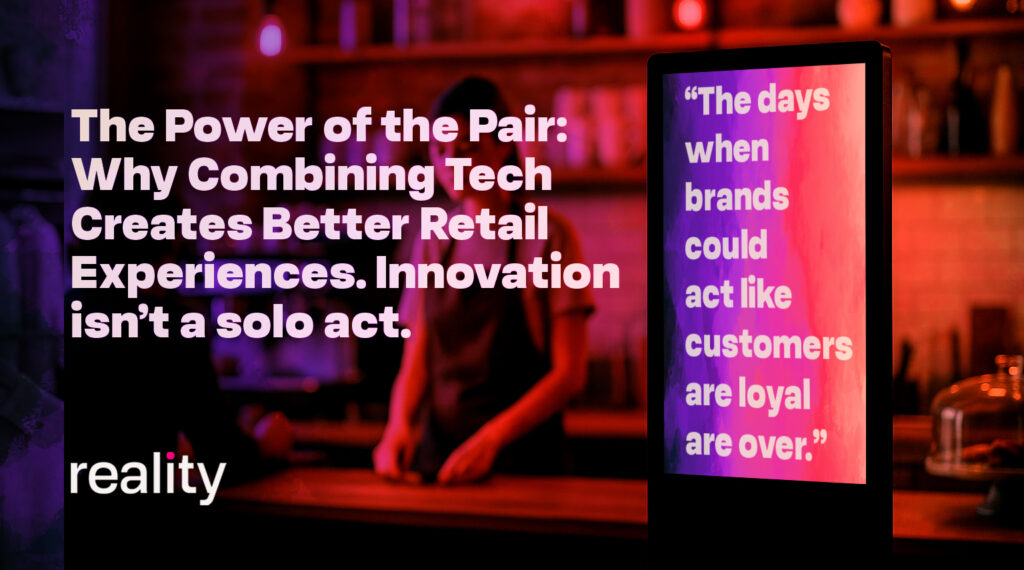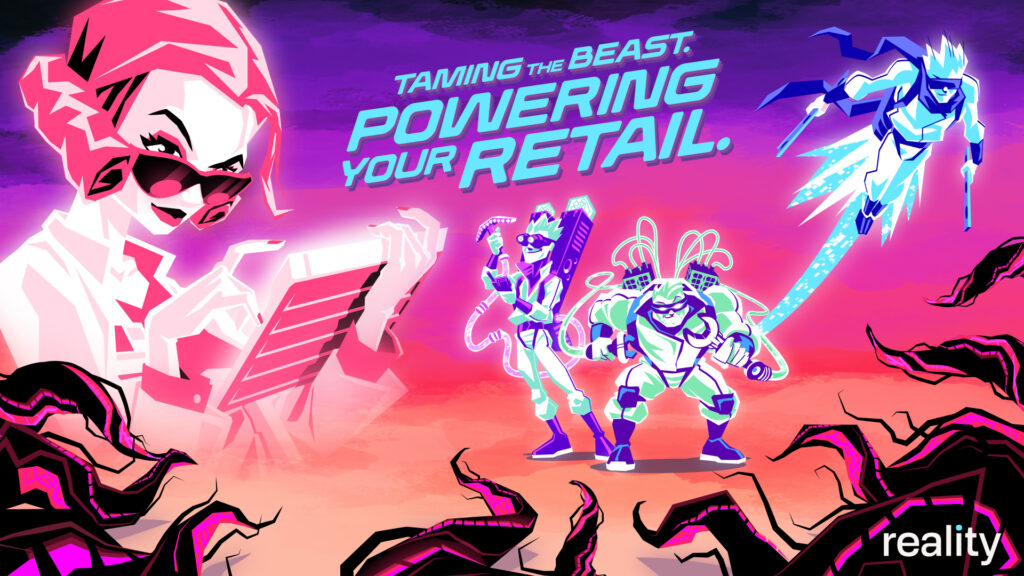The term Flagship Store gets used in retail on a regular basis, but what actually qualifies a store as a Flagship?
Flagship status may be based on location, size, volume of merchandise, being the most well-known, being the first store in the chain, or standing out from the chain in some other way. It is the lead store, the way a Flagship in nautical terms leads a fleet.
Manhattan Flagship Stores
Many retail stores in Manhattan are automatically considered Flagships. This is due to the prestigious tradition of shopping in the area. From Tory Burch and Gucci on Madison Avenue to Tiffany & Co. and Apple on 5th Avenue, Manhattan is the place to be for retail brands.
However, a Manhattan location is not a requirement for a Flagship Store. Recent Flagship Stores in other cities include Google in St. Louis and Microsoft in Chicago. The location of a Flagship Store is best based on which store gets the most amount of foot traffic.

How Big is a Flagship Store
Flagship Stores are usually bigger than other stores in the chain. A bigger store gives retailers the opportunity for more merchandise, product lines that are not available in other locations, and enhanced customer experiences.
But when we say Flagship Stores are bigger, we aren’t just referring to the size of the location. Flagship Stores act as a vanity piece for the brand as well as a tourist destination, so they also need to offer a bigger, more intense, unique experience. This drives the budget up three to five times, or even as much as 10 times, what another brand location might be allocated.
When we created the digital elements of the Time Warner Cable Flagship Store, we had already launched 20 smaller stores in the chain. The increased size of the Flagship location gave us room for the Mobile Station (a 90” display), a custom digital fireplace and fish tank, several 21” tablets, and multiple 5-screen video walls. Adding these extra experiences helps the Flagship Store to stand out from the rest in the chain, while still maintaining a consistency within the brand.
The Flagship Store Investment
In our post, 4 Steps to a Positive ROI from In-Store Digital Signage, we discussed making smart strategic choices in order to see a positive return on investment. Tough decisions can be made easier, by considering the brand relationship spectrum. The same is true when deciding where to invest in your Flagship Store.
When you first open your Flagship Store, you’ll have a mix of new and returning customers. So your investments need to be in elements that will help to create a positive experience for both groups. Your goal is to turn new customers into returning customers, and returning customers into loyal brand advocates.
This post is part of a series on Flagship Stores. Please follow us on Twitter @Realityi, for updates on the next parts in the series.






